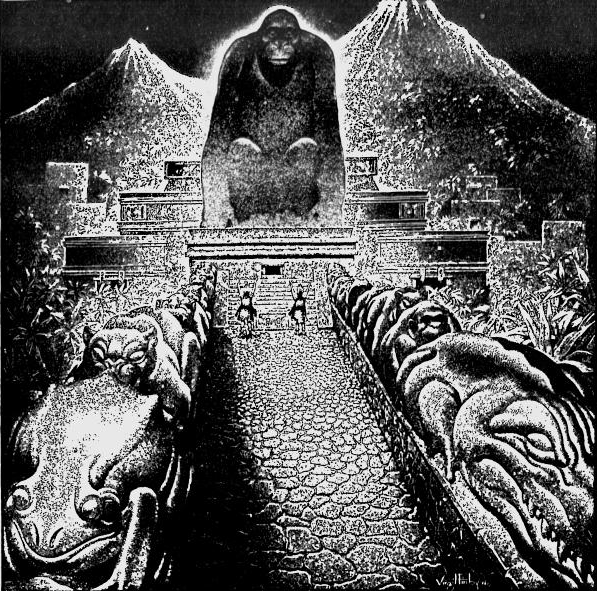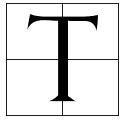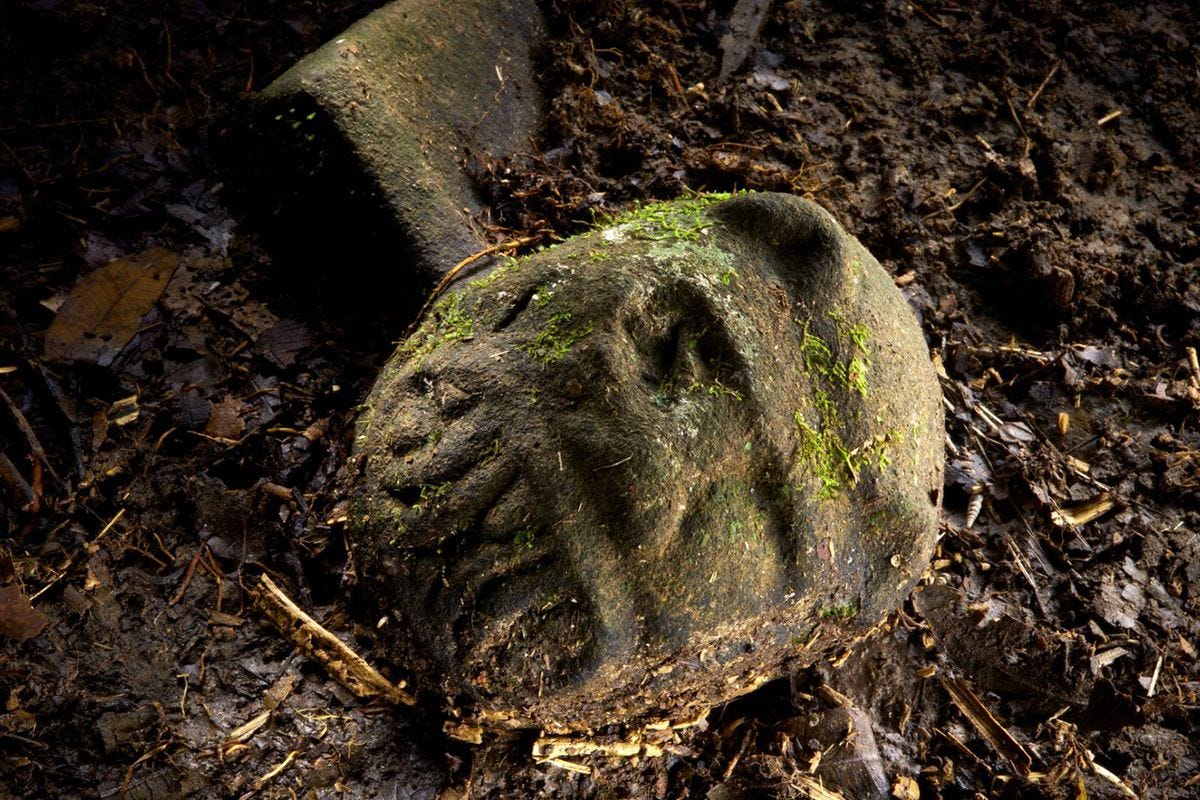Once Again This That Coulda Have Been Brought to My Attention Yesterday
The Re-Discovery of the Lost City of the Monkey God
A discovery fabricated 75 years ago still has more to offer

 T he lost city of the Monkey God or better known as White Metropolis in Honduras has a very interesting history, even if not much is known about information technology. Known by locals from legends as the "lost urban center" of La Ciudad Blanca, is believed to have been created by a Southward American culture before the ascension of the Aztec culture effectually the tenth century BC.
T he lost city of the Monkey God or better known as White Metropolis in Honduras has a very interesting history, even if not much is known about information technology. Known by locals from legends as the "lost urban center" of La Ciudad Blanca, is believed to have been created by a Southward American culture before the ascension of the Aztec culture effectually the tenth century BC.
Monumental Discovery
What is interesting is that the location of this lost city had been discovered about 80 years agone, but had been lost as the explorer who discovered it had a sudden decease which didn't allow him to share the exact location of the city with anyone.
The American charlatan who discovered the White City was Theodore Morde, who in 1939 went on a quest to find the lost city of the Monkey God. He heard a lot of rumors and legends from native Indians about the being of what at the time sounded like an inspiration for the Indiana Jones plot. The confirmation of the existence of the mystical City of the Monkey God is the culmination of centuries of on-and-off endeavors by explorers to locate remains that the Castilian explorer Hernan Cortes predicted in 1526 would "exceed Mexico in riches".
Indigenous Indians had been told past their ancestors that a giant statue of a monkey was buried there, just due to the overgrown forestation in the rural area, it was very difficult to spot. Nevertheless, that same year Morde managed to find it or and then he claimed to the earth every bit presented in an issue of The American Weekly from 1939. Sadly, that same menses Morde had passed away in a car crash before sharing the exact location of the lost city.
Re-discovering the Lost Metropolis
The city was lost once once again and the world didn't pay much attention every bit they thought that the existence of the city was just a hoax. In 2012 an amateur archeologist and filmmaker from America raised over a million dollars to get-go a private expedition in the search of the lost city. A team of various experts was assembled.
The trek was led by Former British SAS soldier Andrew Wood who was specialized to survive in rainforests, especially those in Central America. Another important anchor to the trek was Archaeologist Oscar Neil Cruz of the Honduran Institute of Anthropology and History. The rainforest was filled with dangers at every corner, from an extremely boiling climate to dangerous predators and venomous insects.
Marker Plotkin, the expedition'southward ethnobotanist, said:
"This is clearly the nigh undisturbed pelting forest in Central America. The importance of this place can't be overestimated." (Quote by Marker Plotkin)
It is as if the rainforest in Honduras was never touched in the past 80 years and many parts of information technology did seem every bit if they were never touched in over 1000 years. The overgrown vegetation was a big problem as information technology fabricated it very difficult to traverse the terrain. Afterward 3 years, the explorers managed to find what they thought was non-existent. The city of the lost Monkey God in all its glory, just it did non actually look like Virgil Finlay illustrated it in 1939.
Many artifacts and compages were taken over by nature, but interestingly plenty the explorer did observe a statue of a large monkey, presumably representing the Monkey God. Likewise finding many artifacts that were over a millennium in historic period, many unlike species of animals and plants which were believed to be extinct have been establish to exist alive.

Many other rare or endangered animals and plants were too cataloged, including 183 species of plants, 245 species of insects, nearly 200 birds, 22 amphibians, and 35 reptiles. It is amazing how the world and humanity to be more than specific had left this place untouched for so long. It was pointed out by Marker Plotkin that this is the effect of nature preserving itself in locations that are not invaded past humans.
Two very important animals that had been found were the tree coral ophidian which was thought to take gone extinct in 1965 and the stake-face bat which was last seen in 1942.
The three-year-long journey had been recorded by Douglas Preston in his volume chosen "The Lost Metropolis of the Monkey God" where he presents some of the histories behind this identify, only well-nigh importantly the journeying which was taken by explorers to notice this unbelievable place.
Source: https://historyofyesterday.com/the-re-discovery-of-the-lost-city-of-the-monkey-god-4060b10c7ad0
0 Response to "Once Again This That Coulda Have Been Brought to My Attention Yesterday"
Post a Comment